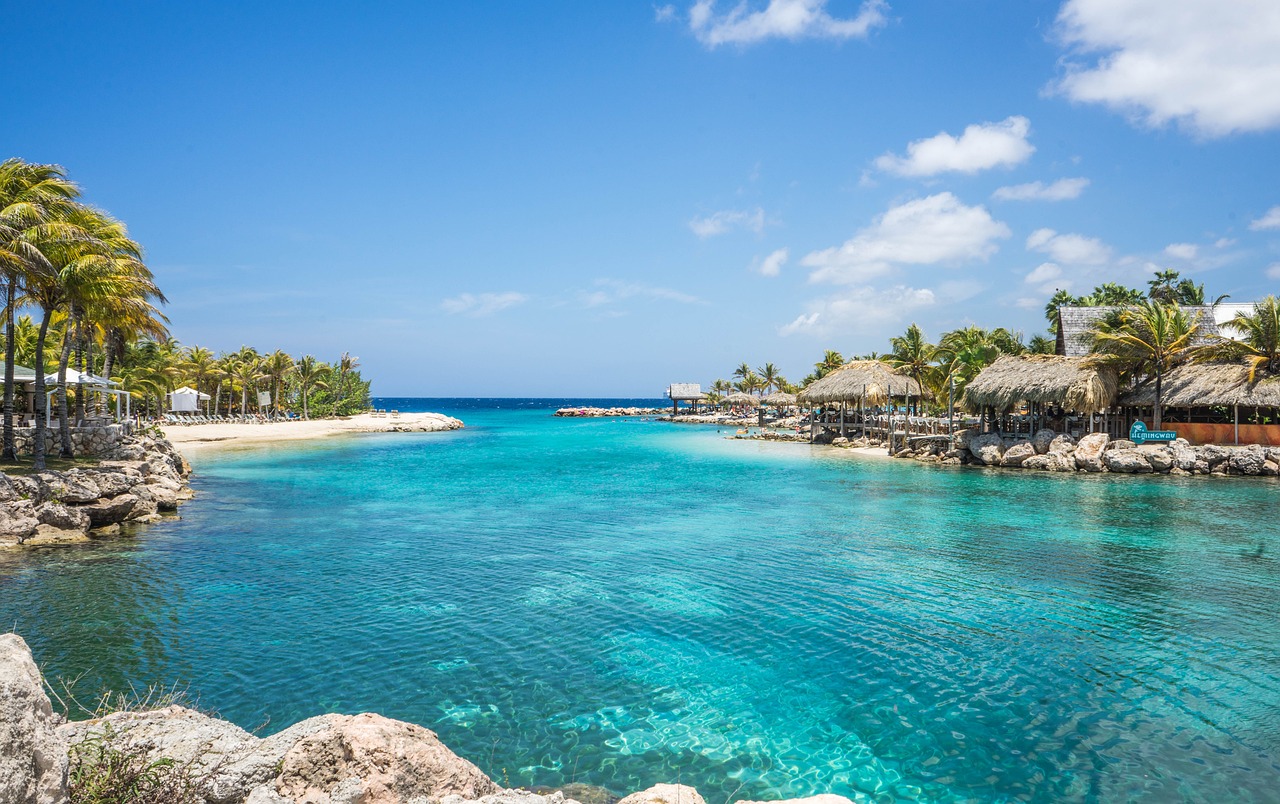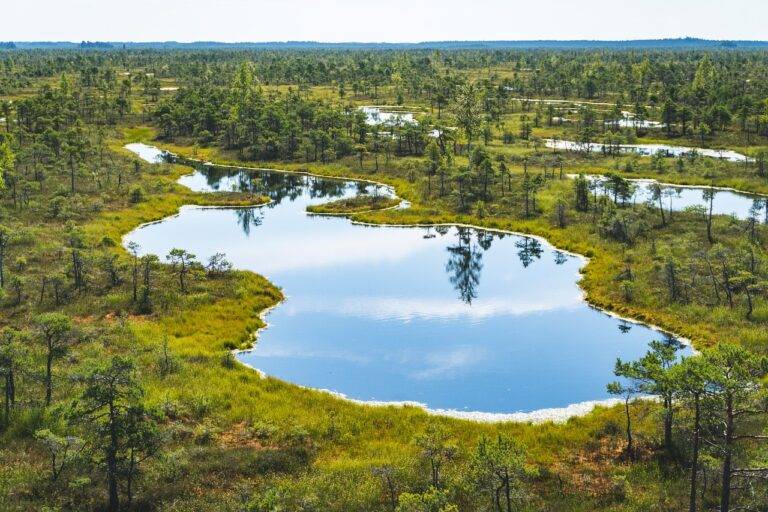The Rebirth of Slow Travel: Embracing a Mindful Approach to Exploration
Slow travel allows individuals the opportunity to truly immerse themselves in the culture of a destination. By spending more time in one place, travelers can connect with locals, learn about traditions, and gain a deeper understanding of the community they are visiting. This type of travel fosters meaningful interactions and creates a more authentic experience, enhancing one’s overall appreciation for the destination.
In addition, slow travel promotes sustainability by reducing the environmental impact of tourism. By staying longer in one location, travelers can minimize their carbon footprint associated with frequent transportation. This intentional pace of travel encourages a more conscious approach to exploring the world, leading to a more responsible and eco-friendly way of experiencing different cultures and landscapes.
Understanding the Concept of Mindful Exploration
Mindful exploration is a travel approach that emphasizes being fully present and aware of the experiences, sights, sounds, tastes, and smells encountered along the journey. It involves engaging with the environment in a deeper and more meaningful way, allowing travelers to connect with the places they visit on a profound level. Rather than rushing from one tourist attraction to another, mindful exploration encourages individuals to slow down, savor the moment, and appreciate the beauty and culture of their surroundings.
This mindful approach to travel extends beyond simply ticking off items on a sightseeing checklist. It involves immersing oneself in the local customs, traditions, and way of life, gaining a deeper understanding of the destination and its people. By taking the time to observe, listen, and absorb the essence of a place, travelers can cultivate a sense of gratitude, empathy, and interconnectedness with the world around them. Ultimately, mindful exploration aims to foster personal growth, enriching the travel experience beyond the superficial aspects of tourism.
How Slow Travel Differs from Traditional Tourism
Slow travel is characterized by a more leisurely pace, allowing travelers to fully immerse themselves in the destinations they visit. Unlike traditional tourism, which often focuses on checking off popular attractions quickly, slow travel encourages individuals to take the time to savor the culture, cuisine, and ambiance of a place. This approach prioritizes quality over quantity, valuing meaningful experiences over the number of sights seen in a short period of time.
Additionally, slow travel emphasizes sustainability and responsible tourism practices. By spending more time in one location, travelers can reduce their carbon footprint and support local communities in a more meaningful way. This contrasts with traditional tourism, where mass tourism can strain infrastructure and contribute to environmental degradation. Slow travel promotes a deeper connection with the environment and a greater appreciation for the impact of travel on both the destination and the traveler.
What are some benefits of slow travel?
Slow travel allows travelers to immerse themselves in the local culture, reduce their environmental impact, and experience a deeper connection with the destination.
How can one understand the concept of mindful exploration?
Mindful exploration involves being present in the moment, respecting the local culture, and making conscious choices that have a positive impact on the environment and community.
How does slow travel differ from traditional tourism?
Slow travel emphasizes quality over quantity, encourages travelers to stay in one place for longer periods of time, and focuses on experiencing the destination in a more meaningful way compared to traditional tourism.





